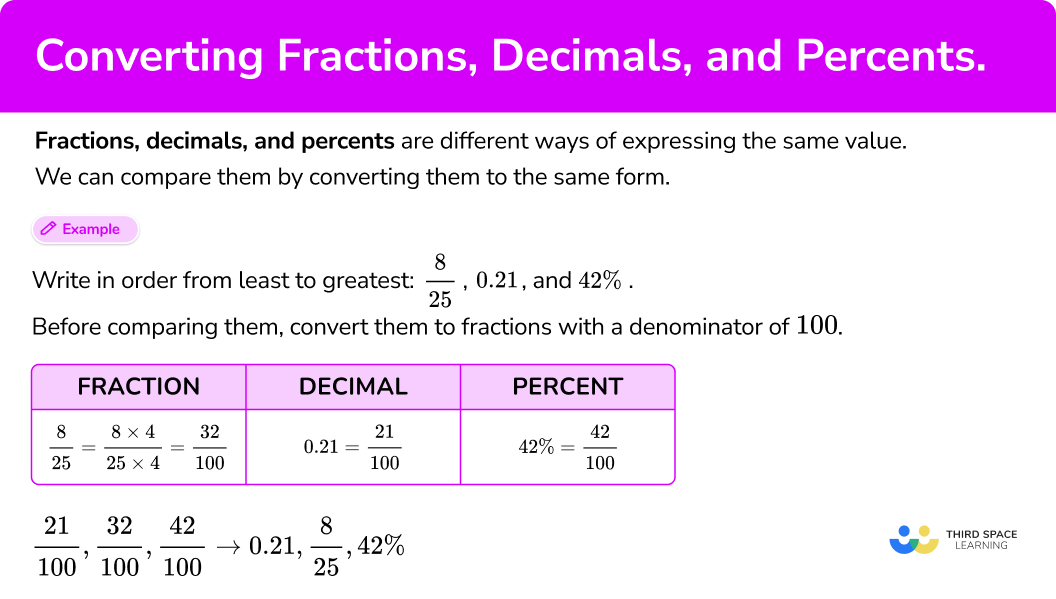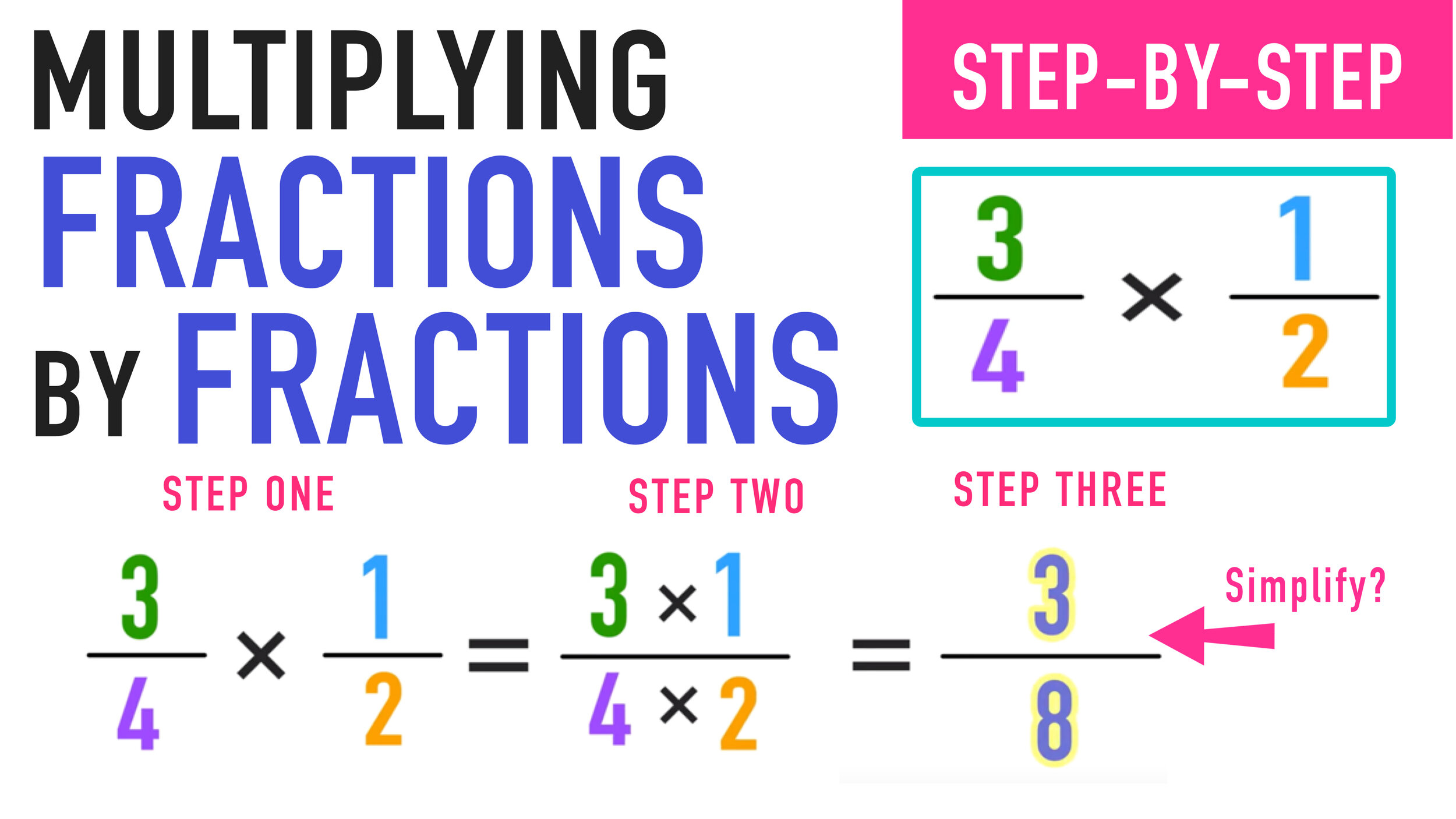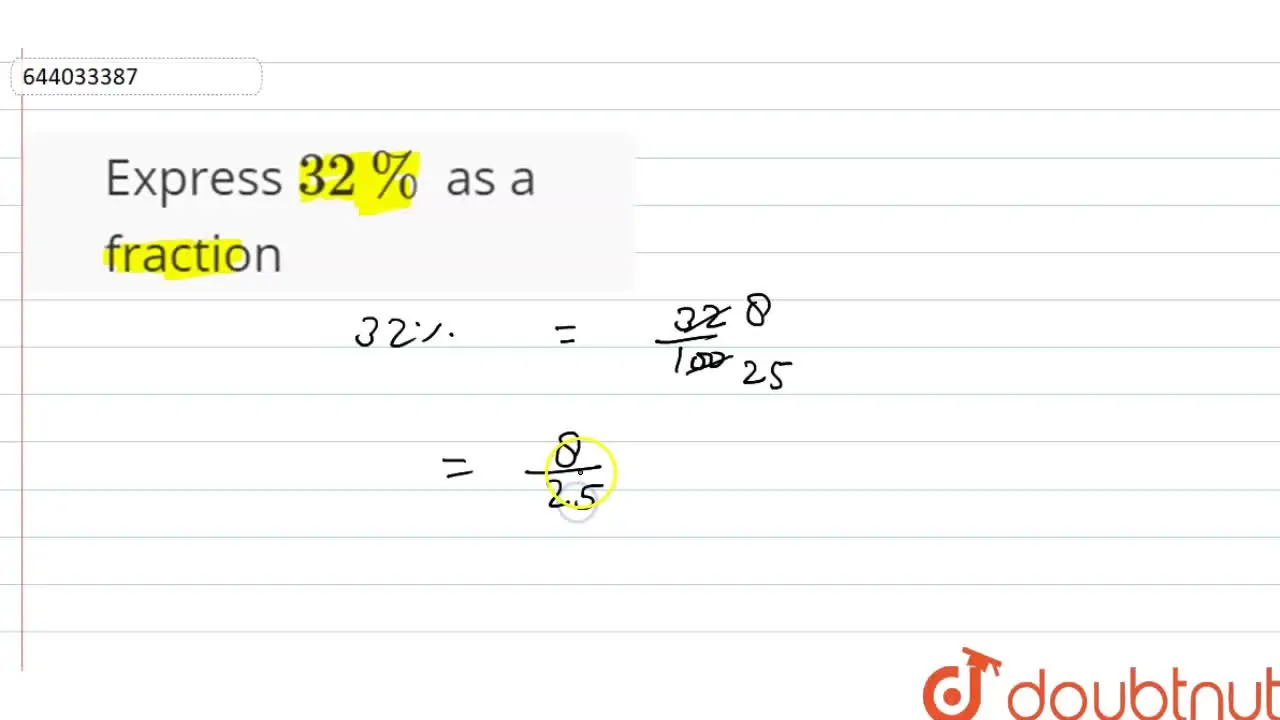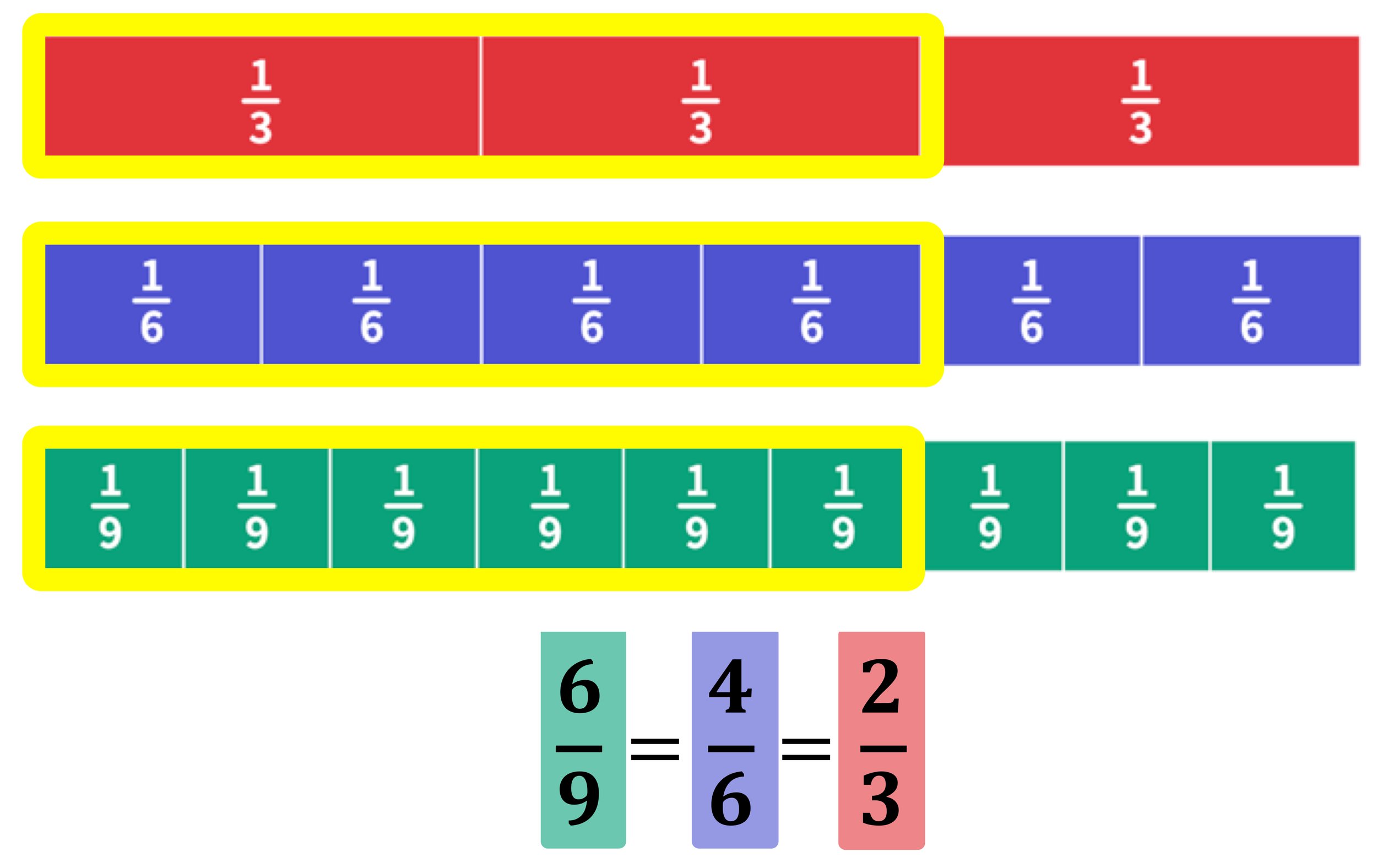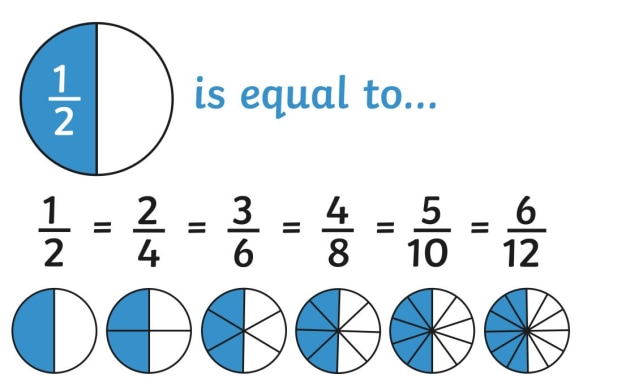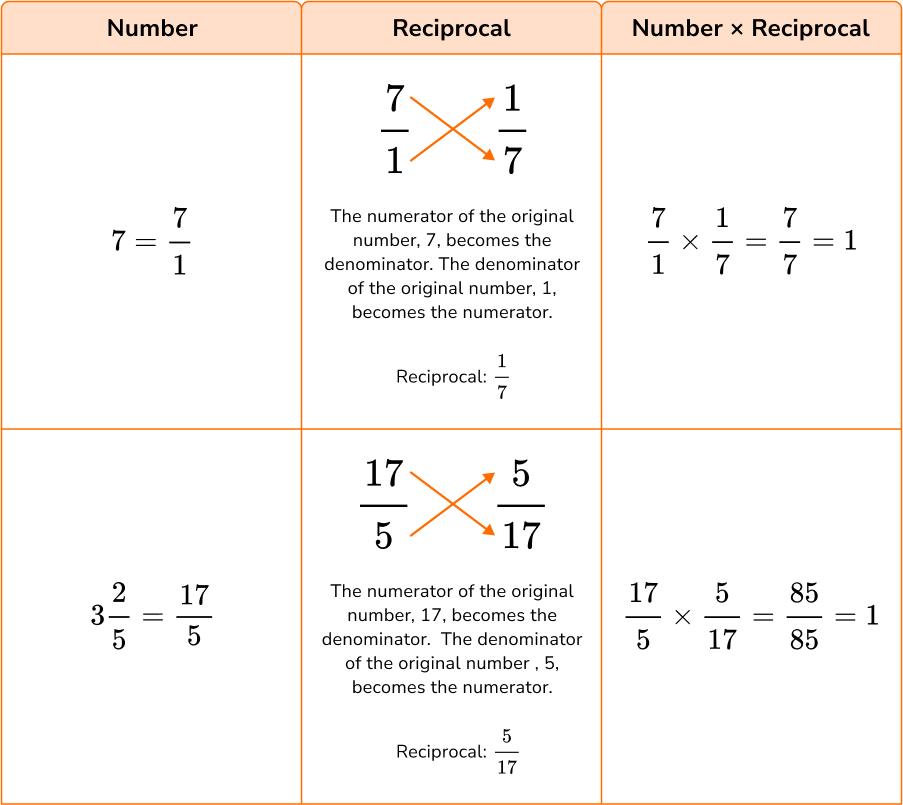What Is 0.32 As A Fraction

Imagine baking a cake with your grandmother. She carefully measures out ingredients, explaining how each tiny fraction contributes to the final, delicious creation. Now, picture a number like 0.32 – a seemingly simple decimal. But what if you wanted to express it as a fraction, like the ones your grandmother used? Let’s unlock the secrets hidden within that decimal point.
This article aims to clarify the process of converting the decimal 0.32 into its equivalent fractional form. Understanding this conversion is a fundamental skill in mathematics, essential for various applications from everyday calculations to more complex scientific problems. We will explore the step-by-step method, ensuring clarity and accessibility for all readers.
Understanding Decimals and Fractions
Decimals and fractions are two different ways of representing parts of a whole. A fraction represents a portion of a whole using a numerator (the top number) and a denominator (the bottom number). The numerator indicates how many parts you have, and the denominator indicates how many total parts make up the whole.
Decimals, on the other hand, use a base-10 system to represent parts of a whole. Each digit after the decimal point represents a fraction with a denominator that is a power of 10 (e.g., tenths, hundredths, thousandths). Thus, 0.32 inherently signifies "thirty-two hundredths".
The Conversion Process: 0.32 to a Fraction
Converting a decimal to a fraction is a straightforward process. The key is understanding the place value of the digits after the decimal point. In the case of 0.32, the '3' is in the tenths place, and the '2' is in the hundredths place.
Therefore, 0.32 can be read as "thirty-two hundredths". This directly translates to the fraction 32/100. This is our initial fractional representation.
However, fractions should often be simplified to their lowest terms. This means finding the greatest common divisor (GCD) of the numerator and the denominator and dividing both by it.
Simplifying the Fraction
To simplify 32/100, we need to find the greatest common divisor (GCD) of 32 and 100. Factors of 32 are 1, 2, 4, 8, 16, and 32. Factors of 100 are 1, 2, 4, 5, 10, 20, 25, 50, and 100. The GCD is 4.
Dividing both the numerator and the denominator by 4, we get 32 ÷ 4 = 8 and 100 ÷ 4 = 25. Therefore, the simplified fraction is 8/25.
Thus, 0.32 expressed as a fraction in its simplest form is 8/25. This fraction cannot be simplified further, as 8 and 25 have no common factors other than 1.
The Significance of Fraction Conversion
Understanding how to convert decimals to fractions (and vice versa) is vital for several reasons. Fractions offer a different perspective on representing quantities and are often more precise in certain contexts.
In fields like carpentry, cooking, and engineering, fractions are frequently used for accurate measurements and calculations. Being able to seamlessly convert between decimals and fractions ensures consistency and precision.
Furthermore, many mathematical operations are easier to perform with fractions than with decimals, particularly when dealing with recurring decimals or complex calculations. This knowledge enhances problem-solving skills in various mathematical contexts.
Consider the example of calculating the value of 0.32 of a piece of land that is measured in square miles. The most accurate result could be more efficiently obtained by using the fraction 8/25. Furthermore, the fraction form allows for easier manipulation in equations or other formulas.
Real-World Applications
The conversion of decimals to fractions has practical applications in everyday life. Imagine you are splitting a bill with friends and need to calculate your share, which is 0.32 of the total. Converting to 8/25 can make the calculation easier, especially if you are not using a calculator.
Another example is in cooking, where recipes often use fractional measurements like 1/4 cup or 1/2 teaspoon. Understanding that 0.25 is equal to 1/4 allows for accurate measurement and a successful outcome.
In finance, percentages are often expressed as decimals. Knowing how to convert them to fractions can help understand proportions and calculate returns on investments. For example, a stock that increases by 0.32 in value would be seen as an increase of 8/25 of the original value.
Beyond Simple Calculations
The ability to convert decimals to fractions also builds a strong foundation for more advanced mathematical concepts. In algebra and calculus, dealing with fractions is often essential for solving equations and understanding relationships between variables.
Furthermore, in fields like physics and engineering, understanding the relationship between decimals and fractions is crucial for unit conversions and calculations involving physical quantities. For example, if a measurement is given as 0.32 meters, it might be more useful to convert it to 8/25 meters for certain calculations.
Moreover, this skill reinforces the fundamental understanding of number systems and mathematical relationships, promoting critical thinking and problem-solving abilities. It empowers individuals to approach numerical challenges with confidence and versatility.
Conclusion: Embracing the Power of Fractions
So, what is 0.32 as a fraction? It's 8/25, a beautifully simplified representation of thirty-two hundredths. The journey to this fraction highlights the interconnectedness of mathematical concepts and their practical relevance in everyday life.
By understanding how to convert decimals to fractions, we unlock a deeper appreciation for the world of numbers and gain a valuable tool for problem-solving. The ability to move seamlessly between these representations empowers us to navigate mathematical challenges with confidence and clarity, like your grandmother creating the perfect cake.
Embrace the power of fractions and decimals alike. They are both essential tools in your mathematical toolkit, ready to be used whenever you need to measure, calculate, or simply understand the world around you. This knowledge will lead to a more confident and capable approach to problem-solving in all areas of life. Remember practice makes perfect, the more you interact with these concepts, the more intuitive they will become. So, keep exploring, keep learning, and keep simplifying!
![What Is 0.32 As A Fraction Write the decimal as a fraction. 0.32 = 2 [?] Simplify your answer](https://us-static.z-dn.net/files/d60/3336e0dab2aea017f429d142f6d1491a.jpg)


